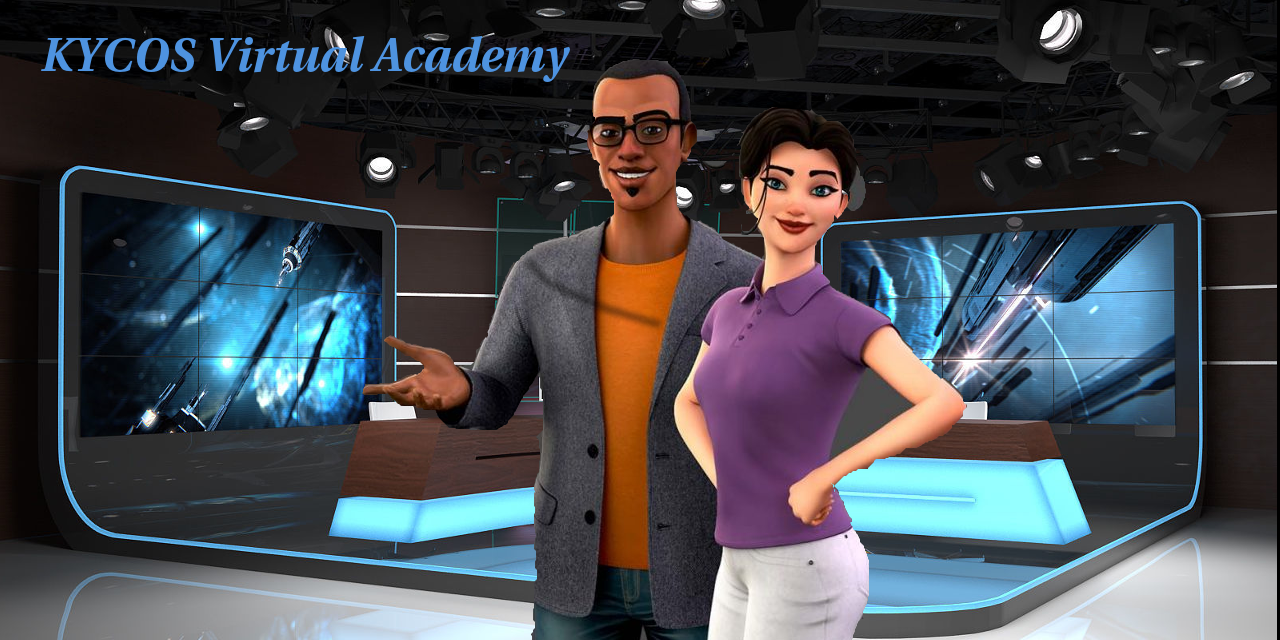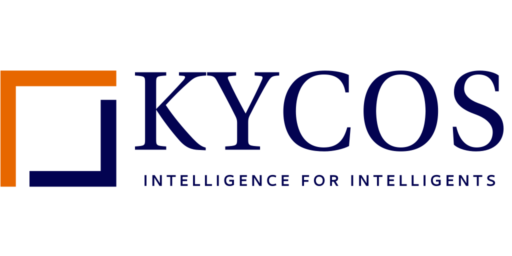
The rapid global spread of the COVID-19 virus has eclipsed other recent epidemics in size and scope and has affected countries, communities, and individuals in no time. The business environment has changed rapidly with businesses facing unprecedented levels of uncertainty. They are revealing new ways to lead, build resilience, connect across ecosystems, and create more accurate predictive insights.
The financial sector as any other industry worldwide was forced to take urgent measures to ensure the continuity of its businesses, as well as the safety of its employees, customers, and partners. The shift to remote work was dictated by the lock-down and the abrupt activation of digital services, tools, and communication uncovered a plethora of shortcomings and vulnerabilities amplifying the stress among the employees, the financial ecosystem, and indirectly into the society. Many jobs and tasks previously seen as ordinary or regular are made practically impossible or very challenging to fulfill due to measures as “social distancing” and travel restrictions. During these times marked by isolation and uncertainty, the ability to give assistance remotely and provide instructions and training to less experienced colleagues becomes critically important, not to mention ensuring everyone’s safety.
It is obvious to remark that while the COVID-19 outbreak was reaching the peak, search engines revealed that terms as remote work, virtual collaboration, or immersive learning were also reaching all-time high popularity. New computing paradigms as “zero-touch computing” and “virtual coworking” are catching more and more the interest of business organizations promising new ways of getting things done, while technologies like virtual, augmented, and mixed reality consolidates their positions in the market.
After the launch of our first remote Customer Due Diligence software, our engineers continued to strive for innovation and developed a series of proofs-of-concept based on our vision about how the business world will look like in the future. In our vision about the future of work, connecting the digital realities fulfills a very important role.
Virtual training and onboarding
When you think of virtual, augmented, or mixed reality, most people think of fully immersive 3D video games and avatars — not banking. The banking world is perceived as serious business, complicated and boring, built on numbers and algorithms — topics that usually turn off most consumers. But the most promising is that banks are looking for a change. They were old-fashioned but embraced digitalization and automation in the last decade, they were conservative but they fully invest in improving customer experience nowadays. Being viewed as being the problem at first, they are now determined to be part of the solution. That being said, we would expect now that banks will become one of the most fervent promoters and early adopters of the future Web 4.0 concept, where technologies as augmented reality, digital twin, and smart conversational bots will play a major role.
Some of the proofs-of-concept (POC) we developed at KYCOS tackled the augmented reality technology and we achieved good results in developing immersive training and examination modules, a virtual onboarding tool, or even a mixed reality virtual office for risk profile monitoring where our intelligent virtual hosts are interacting with the user bringing some excitement, energy, and entertainment in typically monotonous processes.
Simply looking at our immersive training module POC, we believe a business organization – being a bank or any other financial company – would be able to drastically reduce (travel) costs with travel and save time and resources by simply implementing a remote virtual training program for its employees. Above all these just think of the increased level of resilience that a company achieves by implementing such a solution, available anytime, anywhere, in any condition. Technically speaking this solution can be used in a fully immersive environment with a VR headset or simply displayed on a traditional 21-inch screen.
The second way of usage is the virtual onboarding where a virtual host – driven by a smart conversational bot – is greeting the users (using facial recognition), walks them through the company’s departments (or services and offerings), and answer commonly asked questions. The host can support both voice and touch interactions to accommodate settings with various noise requirements. He understands the intent of different expressions as the same request and responds accordingly. For example, our virtual host can understand “Tell me more about Life Insurance” and “Show me the Finance Department” as the same intent. The virtual host can change the tone and content of the speech, based on how an underlying AI module interprets the user’s facial expression.
This use case can be easily adapted to a virtual assistant explaining different products of a bank or an insurance company.
The development of our proofs of concept was an interesting journey and demonstrated to us that connecting realities and using AI techniques can create a memorable and engaging user experience. This way we can turn numbers and concepts into meaningful information using vivid imagery to engage both the left- and right sides of human brains.
What is the story behind this?
Once upon a time, there was a senior manager traveling half of the world with an expensive airline business class for attending a 3-hour meeting with some other international experts willing to share their ideas and experiences. The meeting closed with some drinks provided by a fancy catering company. Our expert spent the night in a luxury hotel and came back the next day in the morning. It’s simple math: 2 days for something that has taken place just 3 hours. How many people were involved? Taxi drivers, stewards, pilots, catering and hotel staff, and so on.
In March 2020 we learned we can do things differently. No matter if it is a project meeting, a business event, or a training session we can spend 3 hours for 3 hours by simply using remote and augmented reality technologies. You would say “This sounds nice but you forget something… If we do not travel, do not handshake, chat face-to-face, and do not enjoy a drink together, where is then the beauty of life?”. This can be a long discussion.
Long story short, we just checked with our senior manager and after he finished his 3-hour virtual training session, he discovered how happy he can be spending more time with his family and friends instead of traveling for work.
If you think one of the abovementioned solutions can help your organization become more resilient and efficient in these difficult times, let us know and we will brainstorm together with you how these can be implemented to better suit your business needs.
